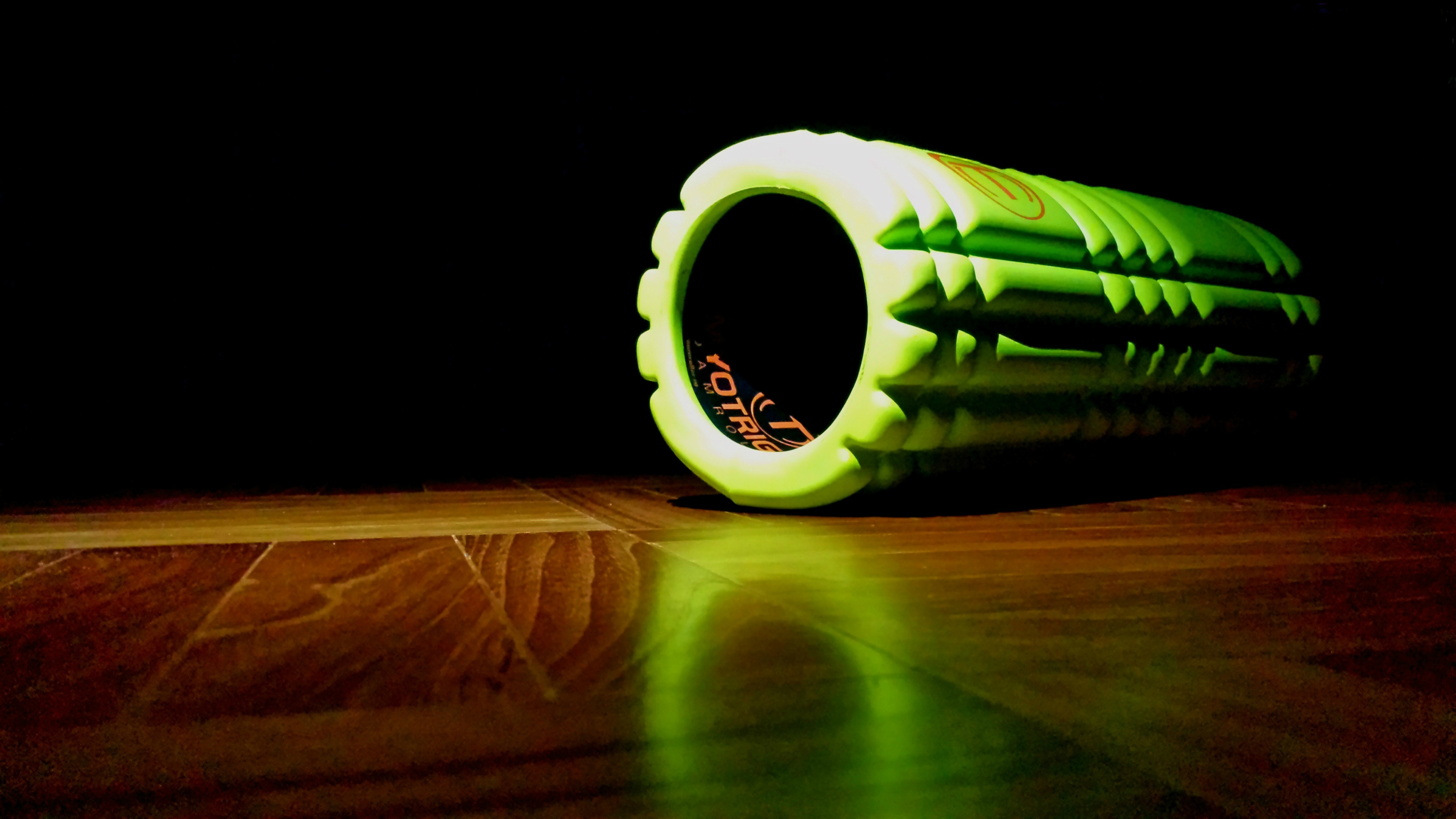When asked how strength training will benefit running (or any cardiovascular endurance sport), this is my favourite information to share…
There are three main ways to improve your running:
Running economy (RE) – typically defined as the energy demand for a given velocity of sub maximal running. RE can also be referred to as movement efficiency. Taking body mass (BM) into consideration, runners with good RE use less energy and therefore less oxygen than runners with poor RE at the same velocity. There is a strong association between RE and distance running performance, with RE being a better predictor of performance than maximal oxygen uptake (VO2max) in elite runners who have a similar VO2max.
Strength and altitude training have recently received widespread attention for their ability to improve RE. At Pure, we focus on strength training; providing our clients with the opportunity to alter physiological and biomechanics factors that influence RE. When we talk about muscle tightness, anatomy, injury, technique/form or asymmetries and imbalances, we are referring to factors that can affect RE.
The O2 cost to generate a sufficient power output has >50% trainability! The stronger you are, the less muscle tissue you have to activate to run at a given pace, the longer your running economy stays in good form. RE is a decreased steady state O2 consumption for a standardized performance intensity. The less energy you require, the better you will do. For example: Compare someone running and recruiting 30% of quad strength to someone recruiting 60% of quad strength at the same pace. Who will last longer??
Aerobic capacity – describes the functional capacity of the cardiorespiratory system (the heart, lungs and blood vessels). Aerobic capacity refers to the maximum amount of oxygen consumed by the body during intense exercises, in a given amount of time. It is a function both of cardiorespiratory performance and the maximum ability to remove and use oxygen from circulating blood. While aerobic capacity is extremely important to endurance athletes, it has only 10-30% trainability due to genetic influence.
Lactic acid threshold (LT) – the exercise intensity at which lactate (aka, lactic acid) starts to accumulate in the blood stream. This happens when lactate is produced faster than it can be removed (metabolized) in the muscle. When exercising at or below the LT, any lactate produced by the muscles is removed by the body without it building up. With a higher exercise intensity the lactate level in the blood reaches the anaerobic threshold (AT), or the onset of blood lactate accumulation (OBLA). Simply put, LT determines how long can you sustain max VO2 output before fatigue sets in. With 30-50% trainability, it’s worth investing in!
These are all things that can be improved with specific training.
This is what strength training for endurance athletes is about; it’s our passion at Pure Lifestyle. We want to help you move better, get faster and last longer. Strength training is a controllable factor that you can manipulate to get better at your sport, and we are here for you from start to finish!







